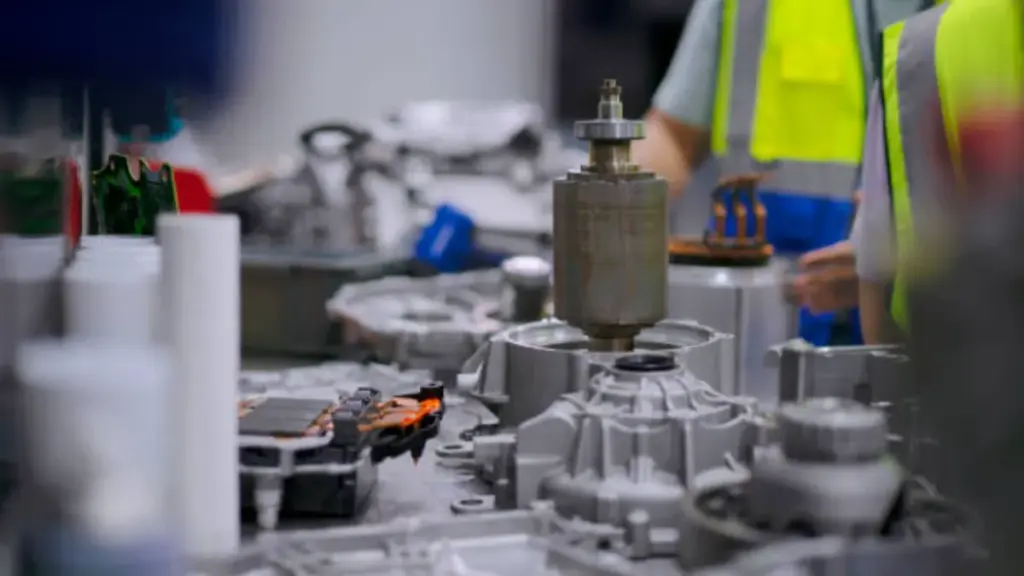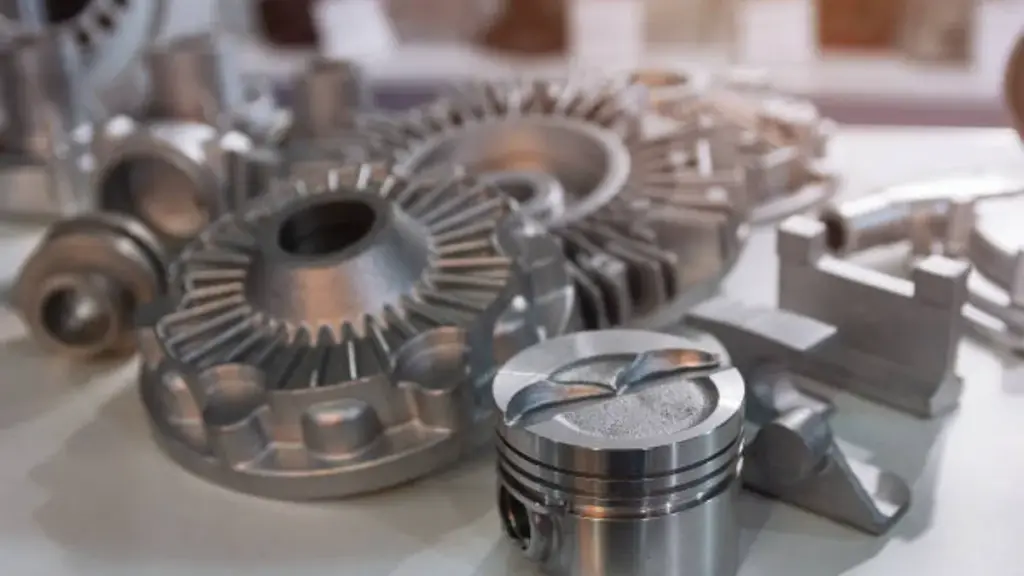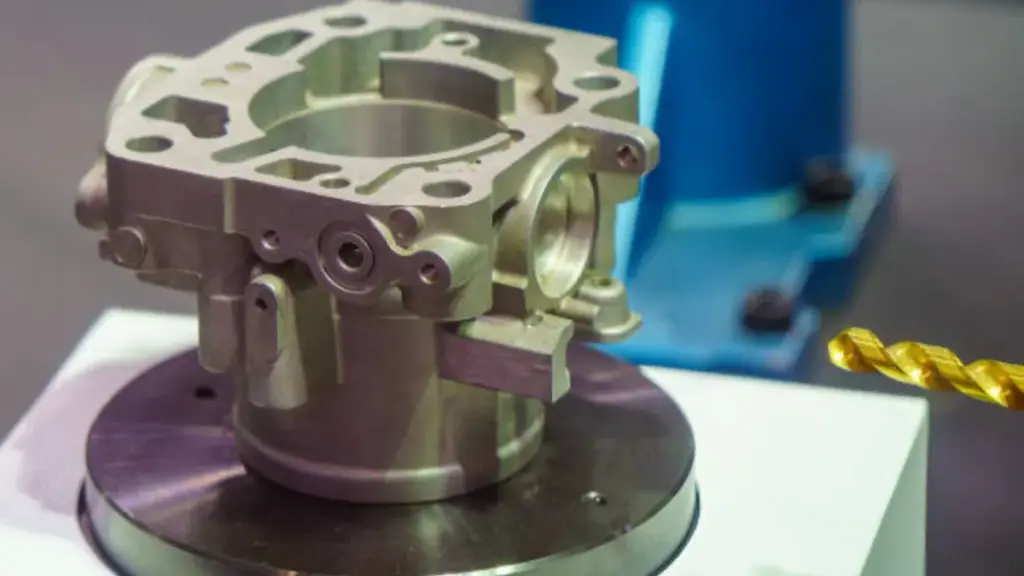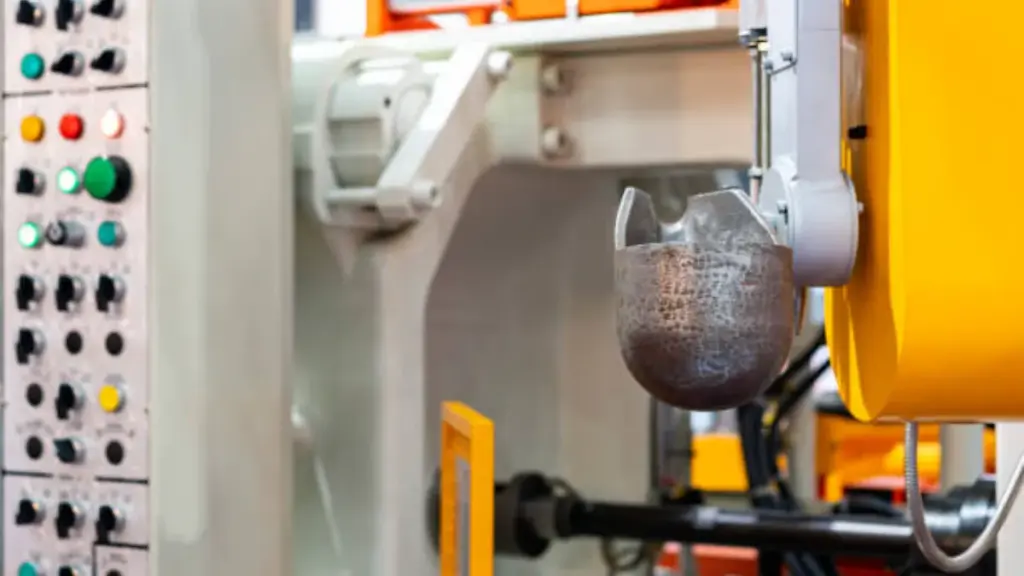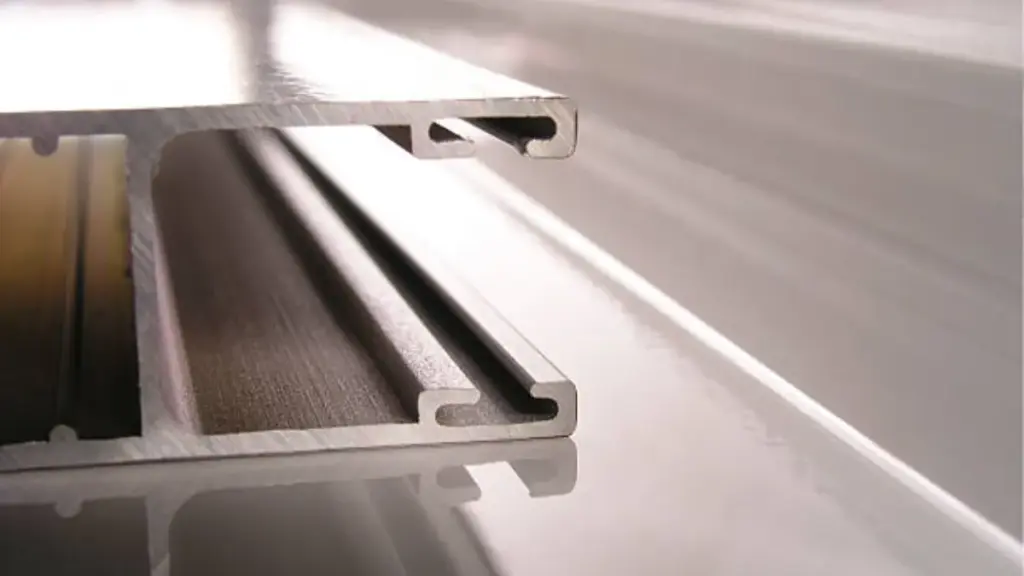In the realm of manufacturing, precision and efficiency are paramount. This is where 5 axis machining steps in, revolutionizing the way complex parts are crafted. But what exactly is 5 axis machining, and how does it differ from traditional machining methods? In this comprehensive guide, we’ll delve into the world of 5 axis machining, exploring its fundamentals, applications, benefits, and much more.
Understanding Machining Basics
Before we plunge into the intricacies of 5 axis machining, let’s lay a foundation by understanding the basics of machining. Machining is the process of shaping materials, typically metal, to create precise parts or components. Traditional machining methods, such as 3 axis machining, involve tools that move along three linear axes to cut materials. These methods are effective but have limitations when it comes to creating intricate shapes and contours.
What is 5 Axis Machining?
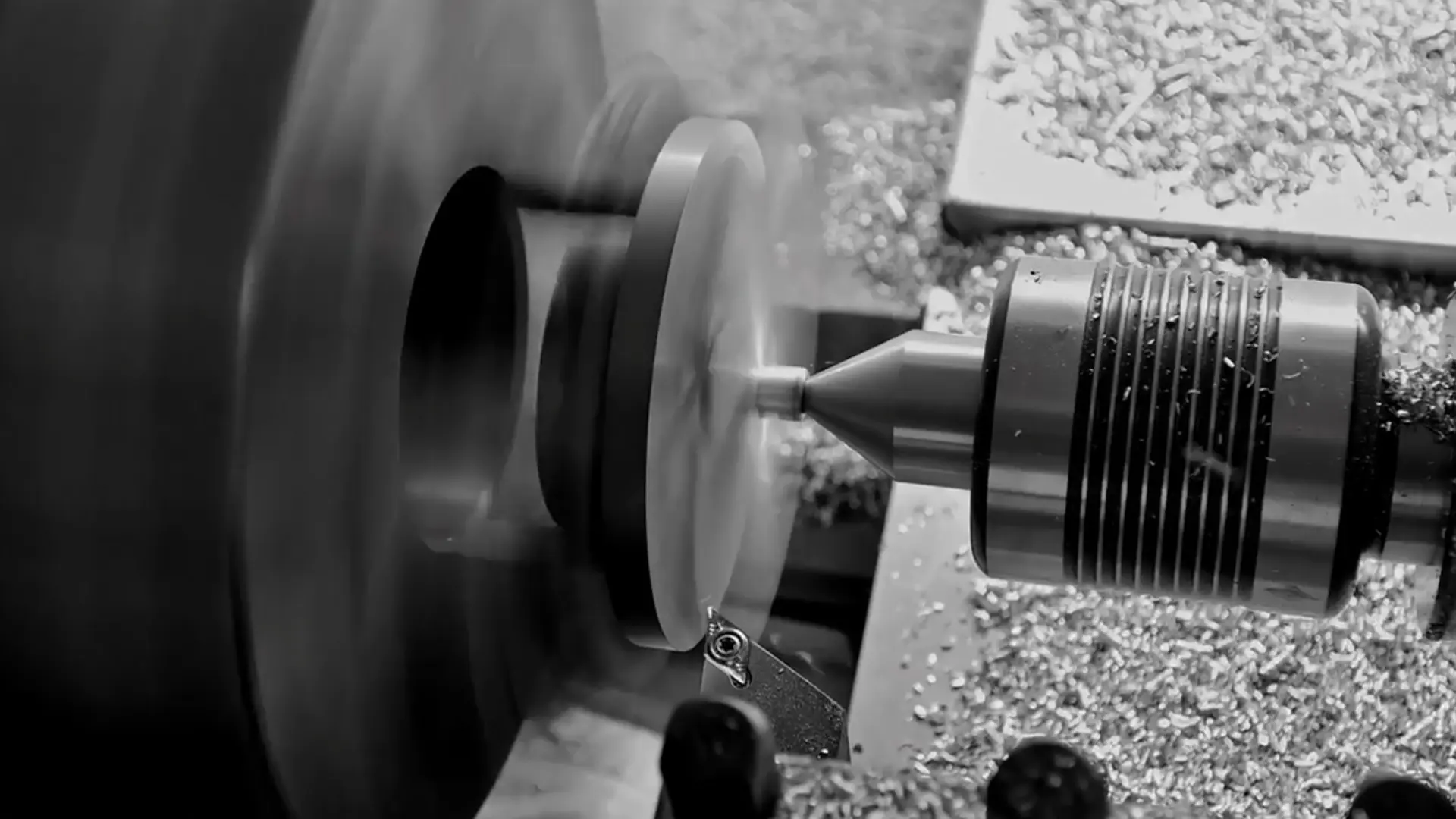
5 axis machining takes precision engineering to the next level by introducing two additional rotary axes, enabling cutting tools to move along five different axes of motion. Unlike 3 axis machining, where the cutting tool can move only in three directions (up and down, left and right, forward and backward), 5 axis machining allows the tool to rotate along two additional axes, usually referred to as the A and B axes. This multidirectional movement grants unparalleled flexibility, making it possible to create highly complex and intricate geometries with precision and efficiency.
How Does 5 Axis Machining Work?
To comprehend 5 axis machining, it’s essential to grasp the movement along each axis:
- X-Axis: Horizontal movement from left to right
- Y-Axis: Horizontal movement from front to back
- Z-Axis: Vertical movement up and down
- A-Axis: Rotational movement around the X-axis
- B-Axis: Rotational movement around the Y-axis
- Design and Programming:
- A CAD (Computer-Aided Design) model of the part is created.
- CAM (Computer-Aided Manufacturing) software is used to generate tool paths.
- The software calculates the optimal movements and angles for the cutting tool to achieve the desired geometry.
- Machine Setup:
- The raw material (workpiece) is secured on the machine table or fixture.
- The tool and machine are calibrated to ensure accuracy.
- Machining Process:
- The CNC controller interprets the CAM program and sends precise commands to the machine’s motors.
- The cutting tool moves along the X, Y, and Z axes while simultaneously rotating around the A and B axes.
- This coordinated movement allows the tool to approach the workpiece from virtually any angle, enabling complex shapes and features to be machined in a single setup.
Applications of 5 Axis Machining
The versatility of 5 axis machining extends its application across various industries. Here’s how it’s revolutionizing manufacturing processes:
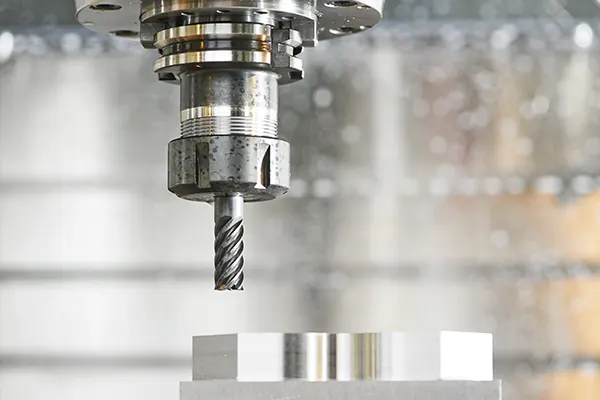
Aerospace Industry
In aerospace engineering, where components demand the utmost precision and complexity, 5 axis machining is indispensable. From turbine blades to aircraft structural components, 5 axis machines deliver the accuracy and intricacy required to meet the rigorous standards of the aerospace sector.
Automotive Manufacturing
The automotive industry benefits immensely from 5 axis machining, particularly in the production of engine components, transmission parts, and intricate body panels. With 5 axis machines, manufacturers can achieve superior surface finishes and tight tolerances, ensuring optimal performance and reliability in vehicles.
Medical Sector
In the medical field, where customized implants and prosthetics require intricate designs, 5 axis machining offers unparalleled precision and versatility. Whether it’s orthopedic implants, dental prosthetics, or surgical instruments, 5 axis machining enables the production of complex medical devices with exceptional accuracy.
Tool and Die Making
5 axis machining is a game-changer in tool and die making, where intricate molds and dies demand precise geometries. By employing 5 axis machines, toolmakers can fabricate molds and dies with intricate contours and fine details, meeting the exacting standards of the manufacturing industry.
Advantages of 5 Axis Machining
The adoption of 5 axis machining brings forth a myriad of benefits, making it a preferred choice for manufacturers seeking precision and efficiency:
Enhanced Precision
With the ability to maneuver along multiple axes simultaneously, 5 axis machining ensures unparalleled precision, allowing for the fabrication of complex geometries with utmost accuracy.
Reduced Setup Time
Unlike traditional machining methods that require multiple setups to access different angles, 5 axis machining completes complex cuts in a single setup, significantly reducing setup time and enhancing efficiency.
Increased Efficiency
By eliminating the need for repositioning the workpiece, 5 axis machining streamlines the manufacturing process, leading to improved efficiency and faster production cycles.
Optimized Surface Finish
The multidirectional movement of 5 axis machines enables smoother cuts and finer surface finishes, resulting in superior-quality parts with excellent aesthetic appeal and functional performance.
Expanded Design Freedom
5 axis machining offers designers unparalleled freedom to create complex shapes and contours, pushing the boundaries of innovation and opening doors to new possibilities in product design.
Challenges and Considerations
While 5 axis machining offers numerous advantages, it also comes with its set of challenges and considerations:
Complex Programming
Harnessing the full potential of 5 axis machining requires advanced programming skills to generate intricate toolpaths and optimize cutting strategies, necessitating specialized training and expertise.
Machine Cost and Maintenance
Investing in 5 axis machining technology entails a significant upfront cost, and maintaining these sophisticated machines demands regular upkeep and skilled technicians, adding to the overall operational expenses.
Workpiece Accessibility
Despite its versatility, 5 axis machining may face limitations in accessing certain areas of complex workpieces, requiring creative solutions and specialized fixturing techniques to ensure complete machining coverage.
Tool Interference
The intricate nature of 5 axis machining poses the risk of tool interference, where the tool, holder, or spindle may collide with the workpiece or fixture, necessitating careful planning and simulation to mitigate such occurrences.
Conclusion
In the dynamic landscape of modern manufacturing, 5 axis machining stands out as a pinnacle of precision engineering, offering unparalleled capabilities to meet the demands of increasingly complex and intricate parts. With its ability to push the boundaries of design innovation, enhance efficiency, and deliver superior-quality components, 5 axis machining continues to redefine the future of manufacturing across diverse industries. Cooperate with Bian Die Cast, we offers top-tier 5 axis CNC machining services that ensure the highest quality and efficiency in manufacturing complex components.
FAQs on 5 Axis Machining
1. What are the primary industries that benefit from 5 axis machining?
5 axis machining finds extensive applications in aerospace, automotive, medical, and tool and die making industries, among others.
2. How does 5 axis machining differ from traditional machining methods?
Unlike traditional machining methods that operate along three linear axes, 5 axis machining adds two additional rotary axes, enabling multidirectional cutting capabilities.
3. What are the key advantages of 5 axis machining?
Some of the key advantages of 5 axis machining include enhanced precision, reduced setup time, increased efficiency, optimized surface finish, and expanded design freedom.
4. What are the main challenges associated with 5 axis machining?
Challenges in 5 axis machining include complex programming, high machine cost and maintenance, workpiece accessibility, and the risk of tool interference.
5. What is a 5 axis milling machine?
A 5 axis milling machine is a type of CNC (Computer Numerical Control) machine that can move cutting tools along five different axes simultaneously. Unlike traditional 3 axis machines, which move along the X, Y, and Z linear axes, a 5 axis milling machine also includes two additional rotary axes (usually referred to as the A and B axes).

